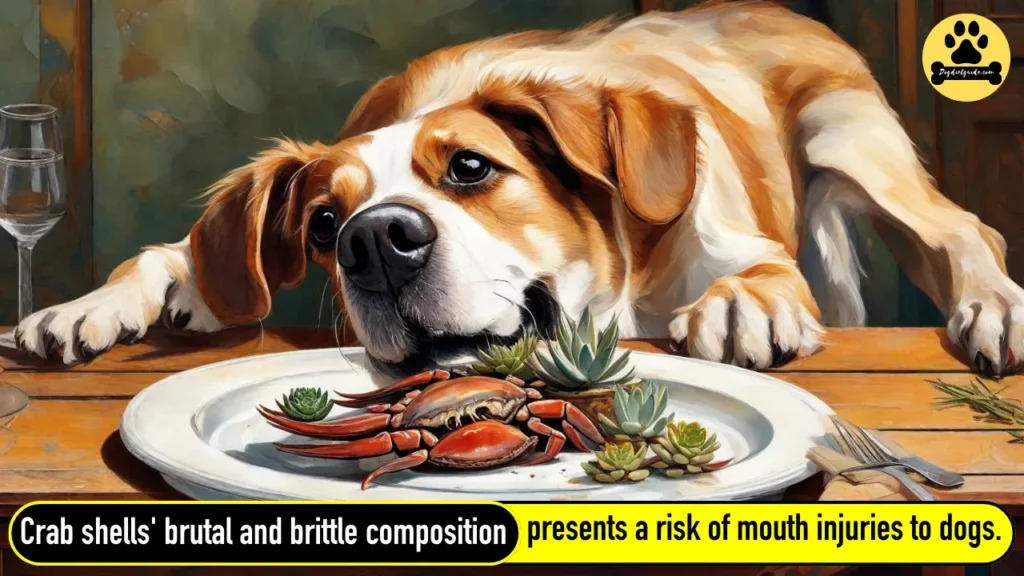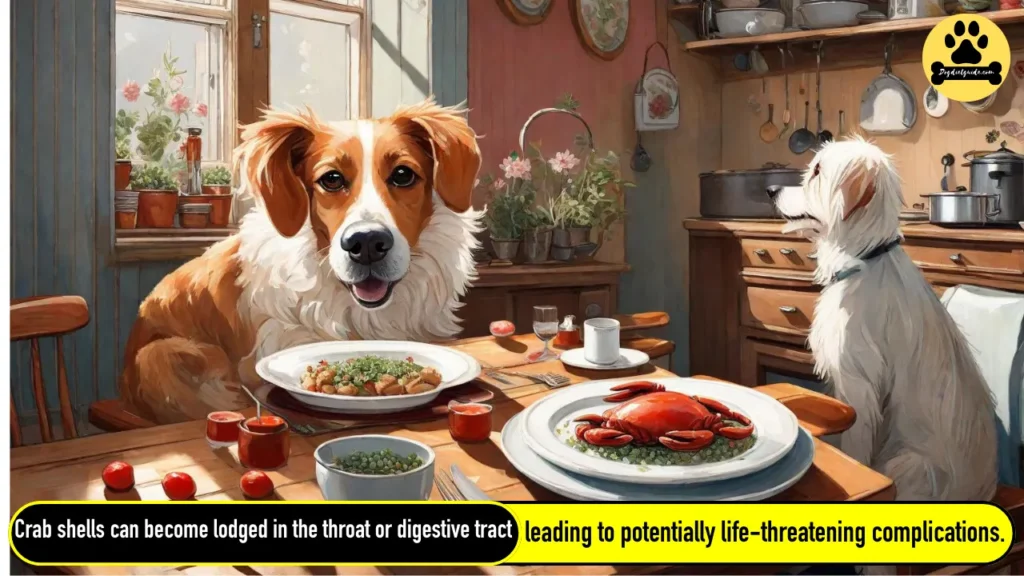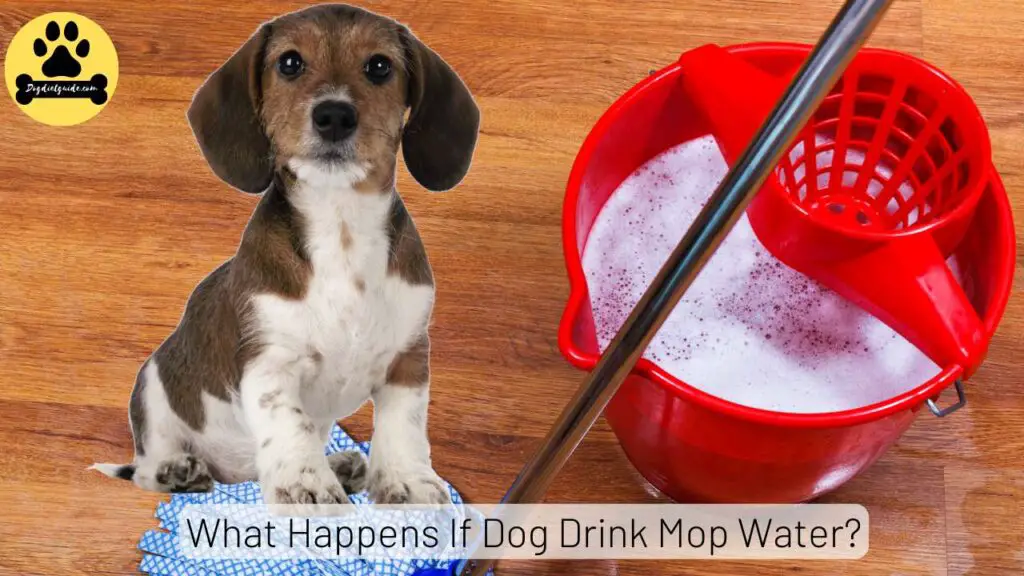When it comes to the culinary delights of seafood, many pet owners wonder: can dogs eat crab shells? Dogs, known for their curious nature and indiscriminate appetites, may occasionally come across crab shells at home or during outdoor excursions. As responsible pet owners, it’s crucial to understand the potential risks and benefits associated with dogs consuming crab shells.
Crabs shells can cause damage to your dog’s mouth:
Crab shells’ brutal and brittle composition presents a risk of mouth injuries to dogs. If you intend to feed crab to your furry friend, remove the shells and offer thoroughly cooked crab meat in small portions as an occasional treat. Crab meat is rich in iodine, and some dogs may have allergic reactions to it.
The Nutritional Value of Crab for Dogs
Crab meat for dogs contain a notable amount of protein. Protein is an essential macronutrient for dogs, playing a vital role in muscle development, repair, and overall health.
Another significant component of crabs is calcium. Calcium is crucial for canines as it supports bone health, teeth strength, and nerve function.
One of the primary components of crab shells is chitin, a tough, fibrous substance. While some argue that chitin may offer benefits such as promoting dental health and aiding in digestion
Can Dogs Eat Crab Shells?
No, eating crab shells can pose risks of mouth and throat injuries and choking hazards. Crab shells’ brutal and brittle composition increases the risk of mouth and throat injuries in dogs. If ingested in large pieces or swallowed whole, crab shells can become lodged in the throat or digestive tract, leading to potentially life-threatening complications.

Potential Risks of Dogs Eating Crab Shells
- Crab shells can splinter into sharp pieces, leading to a choking hazard for dogs. These sharp fragments can cause mouth, throat, or gastrointestinal tract injuries.
- The hard and sharp edges of crab shells can injure the delicate lining of a pup’s digestive system. Ingesting large pieces of crab shell may lead to blockages or perforations in the stomach or intestines, resulting in severe digestive issues, including vomiting, diarrhea, abdominal pain, and potentially requiring surgical intervention.
- The fibrous nature of crab shells can cause them to clump together in the digestive tract, leading to a blockage. This obstruction prevents the normal passage of food and can lead to severe complications if left untreated.
- Depending on how the crab was prepared or if it was contaminated, there is a risk of toxin exposure to canines. Some crabs may contain harmful bacteria or toxins, such as those produced by algae (e.g., paralytic shellfish poisoning), which can lead to symptoms ranging from mild gastrointestinal upset to more severe neurological effects.
- Canines can develop allergies to certain seafood, including crabs. Consuming crab shells increases the likelihood of exposure to allergens, leading to allergic reactions such as itching, swelling, hives, or even anaphylaxis in severe cases.
- While crabs contain some nutrients beneficial to dogs, such as protein and specific vitamins, consuming excessive amounts of crab shells can lead to a nutritional imbalance. The dog may fill up on indigestible shell material, potentially displacing more nutritious components of their diet.
- Encouraging puppies to consume crab shells may reinforce undesirable behaviors, such as scavenging or eating non-food items, which can be challenging to correct.

Related Post: Can Dogs Eat Multigrain Bread?
What Should I Do if My Dog Ingests Crab Shells?
If your dog ingests crab shells, monitoring them closely for signs of discomfort or distress is essential. Crab shells can cause choking hazards or gastrointestinal issues in canines.
Here are the steps you can take:
- Determine how much of the crab shells your pup has ingested and if there are any immediate signs of distress.
- Keep an eye out for symptoms such as vomiting, diarrhea, difficulty breathing, lethargy, abdominal pain, or refusal to eat. If you notice any of these symptoms, contact your veterinarian immediately.
- Call your vet and explain the situation. They can provide guidance based on your pup’s size, breed, and the amount of crab shells ingested. They may recommend monitoring your dog at home or advise you to bring them in for an examination.
- Keep a close watch on your pet’s behavior for the next 24-48 hours. Contact your vet immediately if they show any signs of distress or discomfort.
- Take measures to prevent your dog from accessing crab shells in the future. This might involve keeping shellfish out of reach or supervising your puppy closely when they are around such items.
- Depending on the severity of the situation, your veterinarian may recommend treatment such as inducing vomiting, administering activated charcoal to absorb toxins, or providing supportive care to alleviate symptoms.
Related Post: Are Chicken Pot Pies Safe For Dogs?
How to Safely Offer Crab to Dogs.
Remove Shells Before Feeding
To minimize the risks associated with dogs consuming crab, removing all shells before offering them to your furry friend is essential. Ensure that only the meaty portions of crab are served, avoiding any potential hazards.
Cooked vs. Raw Crab
While some pet owners may feed their dogs raw crab meat, cooking crab thoroughly before offering it to your pet is generally recommended.
Cooking helps eliminate harmful bacteria and parasites, reducing the risk of foodborne illnesses.
Moderation is Key
As with any new food introduction, moderation is key when offering new food to canines. Limit carb consumption to occasional treats rather than a staple in their diet to minimize the likelihood of adverse reactions or complications.
Final Thoughts: Can Dogs Eat Crab Shells?
In conclusion, while dogs may be intrigued by crab shells and the meat, pet owners must approach this seafood delicacy cautiously. While crab meat can offer nutritional benefits, the shells pose significant risks, including choking hazards, digestive issues, and potential injuries.
By removing shells, cooking thoroughly, and providing crab in moderation, pet owners can ensure a safer culinary experience for their canine companions.
” It is essential to emphasize that while we offer valuable insights, we do not intend to replace or undermine the importance of your veterinarian’s advice. The information presented on our site is purely for informational and educational purposes.”

I’m JK. A pet lover who has years of pet blogging experience. I thought it would be a great idea to share my experience with all dog owners so they can also keep their canine companions healthy and happy.






